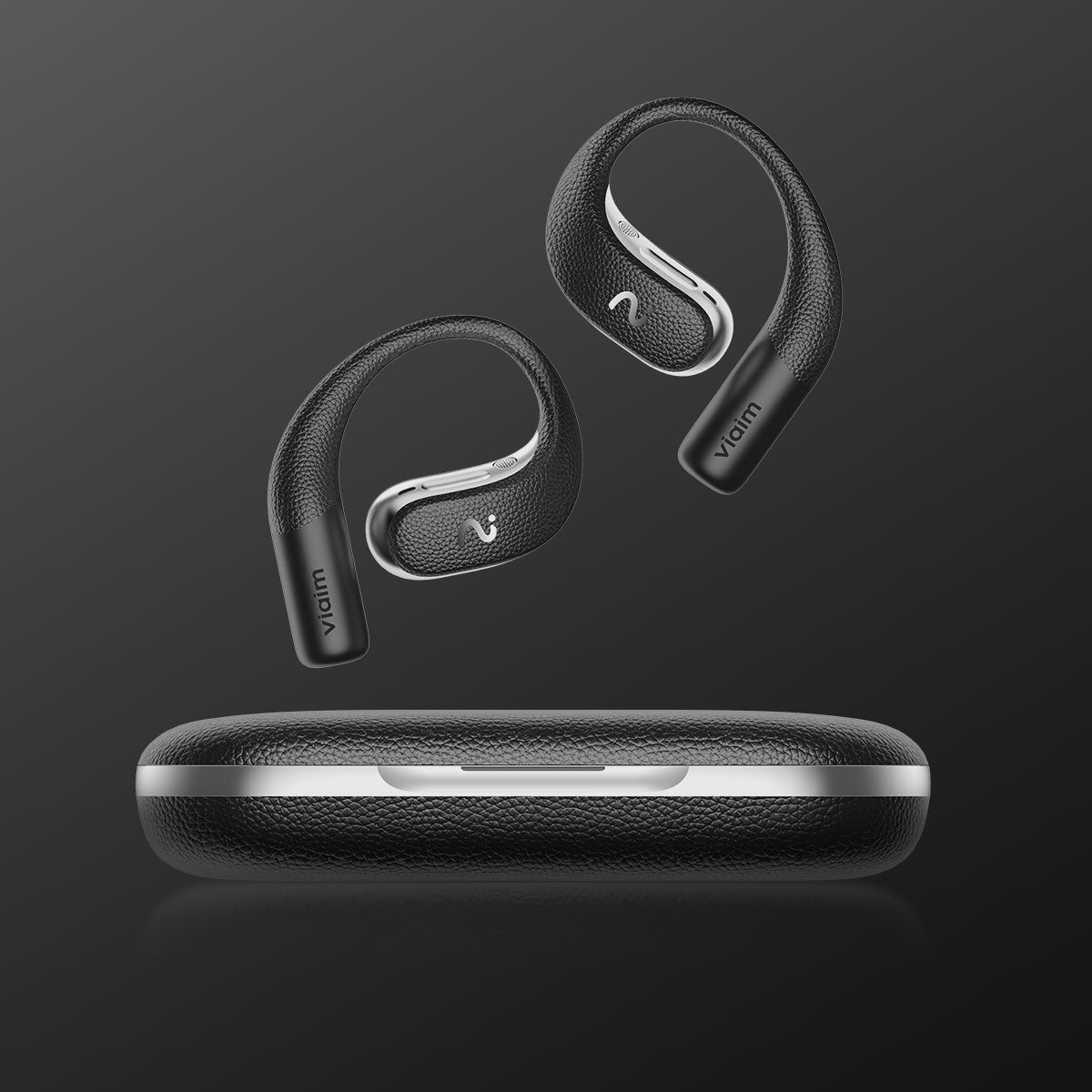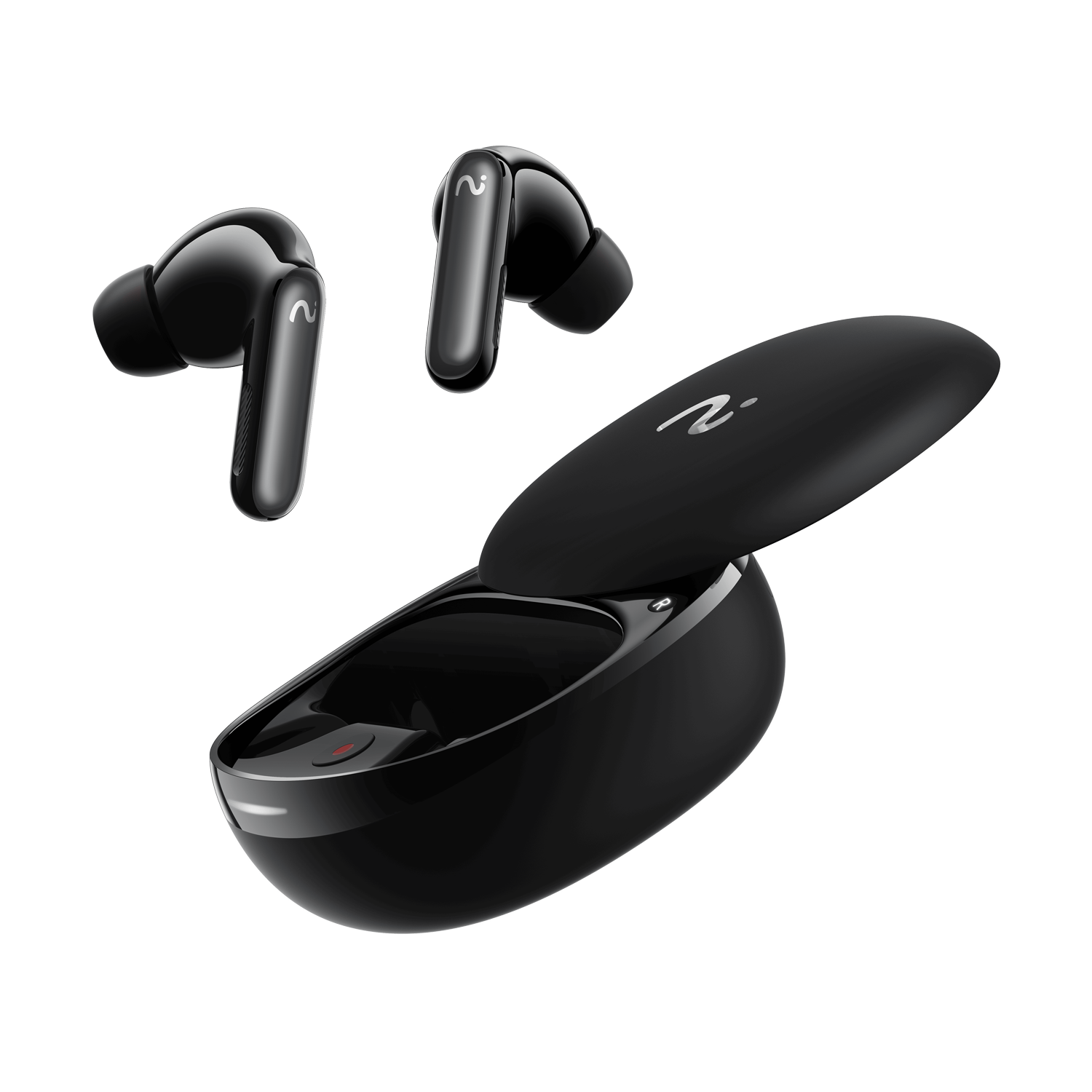When shopping for a new pair of earbuds, sound quality typically takes precedence on the priority list. Yet for many people, the world of audio formats can feel confusing. You’ve probably heard of Hi-Res and Dolby Audio, two technologies often associated with “premium” or “cinematic” sound. But what do they actually mean for your daily use—whether you're working from home, commuting, or squeezing in a workout?
In this guide, we break down their real-world differences and help you understand which one aligns better with your lifestyle. And since viaim earbuds support Hi-Res Audio, we’ll also show you what that means for everyday users—not just audiophiles.
What’s the Real Difference Between Hi-Res and Dolby?
Before diving into scenarios, here’s the simple version:
Hi-Res Audio captures sound at a higher sampling rate and bit depth than standard audio.
→ Translation: It sounds closer to the original recording, with better detail, nuance, and clarity.

Dolby Atmos (Spatial Audio) focuses on immersive, object-based sound—think 3D surround effects you hear in modern theaters.
→ Translation: It’s designed to put you inside the soundscape, moving audio around you.
Both are premium—just premium in different ways.
1. At Home: Working, Focusing, or Enjoying Quiet Time
Home is where people use earbuds for voice calls, deep work, meetings, background music, podcasts, and sometimes movies. So which audio format performs better here?
Hi-Res at Home: Clarity Above All
Hi-Res shines when the priority is intelligibility, subtle details, and low-ear-fatigue listening.
- Voices sound more natural and lifelike
- Ambient music feels smoother and less compressed
- Great for transcription, note-taking, and long meetings
- Better micro-detail helps when listening at low volume
For users who work remotely, attend Zoom calls, or use transcription tools (like viaim AI recording and note-taking), clarity matters more than cinematic immersion.
This is where Viaim earbuds excel—they pair Hi-Res playback with voice-tuned microphones and AI processing.
Dolby at Home: Ideal for Movies and Gaming

If your main “at home” activity is entertainment:
- Netflix movies with 5.1/7.1 mixing
- Gaming sessions where spatial cues matter
- Surround-like immersion
Then Dolby creates a more expansive, theater-like environment.
Verdict at Home
- Remote work, music, podcasts → Choose Hi-Res
- Movies, gaming → Dolby feels more immersive
- For hybrid/remote workers, Hi-Res wins by a wide margin
2. Commuting: Buses, Subways, Cafés, or Airports
Commuting introduces background noise and movement—both impact how audio formats feel in real life.
Hi-Res on the Go: Clean Detail Even in Noisy Spaces
Hi-Res maintains clarity even when the environment isn't perfect.
- You hear more mid-high detail → speech becomes clearer
- Music doesn’t collapse into mush when the train is loud
- Great for voice notes, calls, and listening at a lower volume
- Works well with ANC (active noise cancellation)
As a noise cancellation earbud, viaim Recdot is optimized for speech clarity + Hi-Res; it excels in loud cafés or transit.
Dolby on the Go: Immersion Is Hard
Dolby’s strength—spatial imaging—gets lost on the subway.
- Surround cues fade with external noise
- Low-end rumble competes with 3D effects
- Harder to appreciate nuance
Verdict While Commuting
- Clarity and speech > spatial immersion
- Hi-Res wins decisively for real-world transit environments
3. At the Gym: Movement, Motivation, and Consistency
Gyms are acoustically chaotic, full of echoes, metal clanks, and high-energy music.
Hi-Res at the Gym: Clean, Punchy, Consistent
Hi-Res excels because:
- Music stays crisp and energetic even at high BPM
- Vocals remain clear over background noise
- Fewer artifacts at louder volumes
- Great for treadmill, HIIT, and strength training
- Stable emotional “punch” → better motivation
Dolby at the Gym: Not Its Natural Habitat
Since Dolby’s strength is cinema-style immersion…
- Gyms don’t allow the 3D image to form properly
- Spatial effects get masked by environmental noise
- “Room effects” aren’t meaningful in loud settings
Verdict at the Gym
- Hi-Res dominates for stability, clarity, and energy
So… Which One Fits Your Life?
Let’s simplify it:
| Scenario | Best Choice | Why |
|---|---|---|
| Remote work, meetings, calls | Hi-Res | Superior voice clarity, natural tonality |
| Music lovers | Hi-Res | More detail, more emotion |
| Movies & gaming | Dolby | Best for cinematic immersion |
| Commuting | Hi-Res | Handles noise better, clearer sound |
| Gym workouts | Hi-Res | Stable, energetic, consistent |
Hi-Res is the better everyday format.
Dolby shines for entertainment-focused set-ups.
Where Viaim Fits In

Viaim earbuds were built around real-life listening—not just entertainment:
Hi-Res Audio for crisp details and natural speech
Real-time transcription that benefits from cleaner sound
Voice-tuned microphones for meetings
Comfortable long-wear design for home and commuting
Consistent clarity in cafés, subways, and gyms
For users whose life blends work + mobility + wellness, Hi-Res is simply the more practical high-end format—and Viaim leans into that strength.
Final Thoughts: Choose Based on Your Life, Not the Technology
Dolby is spectacular for movies and gaming.
Hi-Res is spectacular for everything else.
If your earbuds are part of your workday, commute, productivity flow, and daily routines, Hi-Res provides more value—and more consistency—across the environments you actually live in.
That’s why devices like viaim focus on Hi-Res:
Not to impress audiophiles,
but to improve the way real people listen, work, and move every day.






Leave a comment
This site is protected by hCaptcha and the hCaptcha Privacy Policy and Terms of Service apply.